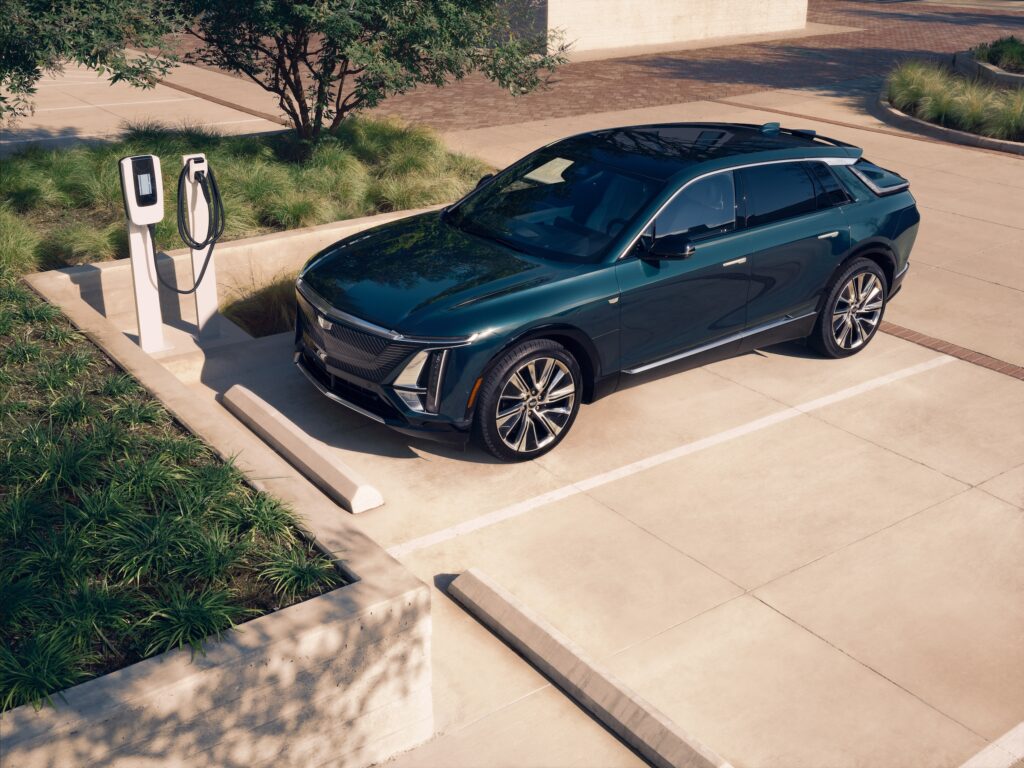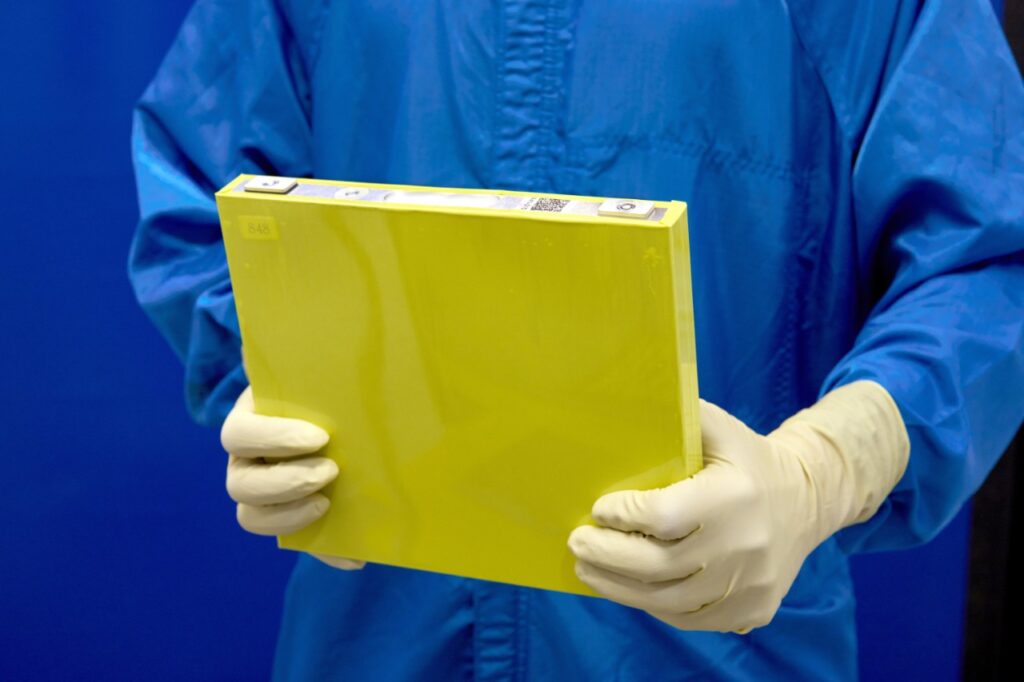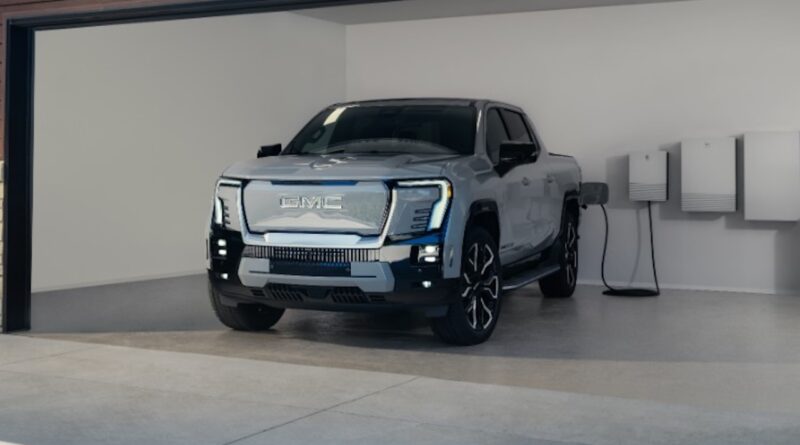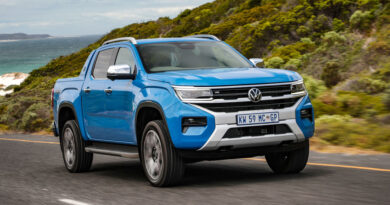General Motors versus China! Why new GM tech could lead to smaller, lighter, smarter and cheaper EV batteries
General Motors has revealed how it is challenging the might of China when it comes to EV battery technology.
The US auto giant is changing the structure of its batteries so that they will have fewer and larger modules – reducing the number by as much as 75 per cent – while also reinventing battery chemistry to greatly lower costs.
GM is dealing with literally huge challenges in its home market, where it has to supply enormous electric trucks – including the GMC Hummer EV, Cadillac Escalade IQ and Silverado EV – which need vast amounts of battery power.
READ MORE: 2025 GMC Hummer EV Review: A direct rival for the Tesla Cybertruck and Benz E Wagen … for all the wrong reasons
READ MORE: Revealed: General Motors battery guru explains why lithium – not hydrogen – is central to our EV future
READ MORE: 2024 Cadillac Lyriq review: Iconic American brand back Down Under to take on BMW, Mercedes-Benz and Audi with an all-electric SUV
It is also the company that’s bringing Cadillac to the Australian market as an EV-only brand, with a range of SUVs. Lyriq is here and Optiq and Vistiq (known as “the baby Escalade” in the US, but which will look enormous down under when it arrives next year) are on the way..

GM’s Battery Engineer and Business Planning Manager, Andy Oury, says the work his team has done in reducing the number of modules required to power American-sized EVs will also have cost and weight benefits across the board.
The biggest, and most recent innovation, has been in changing the way the layers of GM’s batteries are structured. Traditionally there are three types of battery shape – pouches, cylindrical or prismatic, and it’s the last one that GM has been focused on re-imagining.
“In the EV truck applications, until now, we’ve actually stacked one layer of battery modules on top of the other, so you can have up to 12 on the bottom and another 12 on top, with a metal tray in between – so for example, you’ve got the Hummer EV battery with 24 modules,” Oury said.
“With the prismatic cells, that enables us to put fewer and larger modules into a battery pack, which means we can reduce the number of modules by up to 75 per cent (without reducing range). So for an EV truck, like the Hummer, we can go from having 24 modules to just six, which is a big saving.
“We don’t think anybody’s building a lower-cost cell in North America than we are.”
While Oury was hesitant to put an exact figure on how much money a 75 per cent reduction in cells would save, he said that the most recent vehicle the tech had been applied to – the Chevrolet Silverado EV truck, would be around $US6000 cheaper in terms of production costs.
“That’s the split between the cost savings of the (new and improved) chemistry and the cost savings of the simplified pack and module design; we haven’t provided the precise split of that, but that’s the overall number,” Oury explained.

“And then if you look at those trucks with the double-layer batteries, we’ve got a metal tray between those two layers, which we no longer need to make, and which also weighs about 50kg, so that’s gone, too.”
While the cost of the battery in any EV can be as high as 30 per cent of the total production costs, you can see how important these technological shifts can be.
The new battery chemistry that Oury mentions is potentially even more potent, in terms of cost savings, because GM has focused on greatly reducing the amount of expensive metals it’s using – nickel and cobalt for example – while ramping up the use of cheaper materials, specifically manganese
“In the past, EV batteries were made with high percentages of the more expensive materials, like nickel, and then we started using less of that, and then there was a lot more cobalt, which is also expensive,” Oury said.
“So you start looking for what’s the next most affordable material, and it’s manganese, so we’re taking the manganese up to 60 or 70 per cent, taking cobalt down to between zero and 2 per cent, and we’re going to drop the nickel down to 30 or 40 per cent.”
“The result is called an LMR battery – or Lithium Manganese Rich – and what we mean is it has more lithium and more manganese than you would typically find in an LFP (Lithium Iron Phosphate) battery.
“This is not easy to do, but we’ve addressed it with how we manufacture every element of the cell. And the LMR batteries we’ve got now have 33 per cent more energy density than the best LFP cells.”

Oury says GM’s goal is to offer a range of batteries, some of which are better at providing more range, or enough power to run a truck, but might be more expensive, while other batteries might be lighter, smaller and cheaper, but provide significantly less range.
“It’s interesting where the market is going in terms of how much is ‘enough’ range, and I think you might see a kind of arms race at the premium end of the market in terms of offering the most range,” Oury said.
“But what we’re learning with their electric vehicle is that while some customers feel, after they’ve lived with an EV, that they need more range, other customers find that they actually need less than they purchased, and they might be open to a (cheaper) vehicle with, say, 200 or 250 miles of range.
“So I don’t know how that exactly evolves, but what we like about our strategy is we’ve got this flexibility with our chemistry and with the different vehicles that we have in the market. So whether the trend tends to go towards the longest range possible, or the more pragmatic, shorter range, I think we’re well positioned to sell vehicles in whichever segment grows.”




